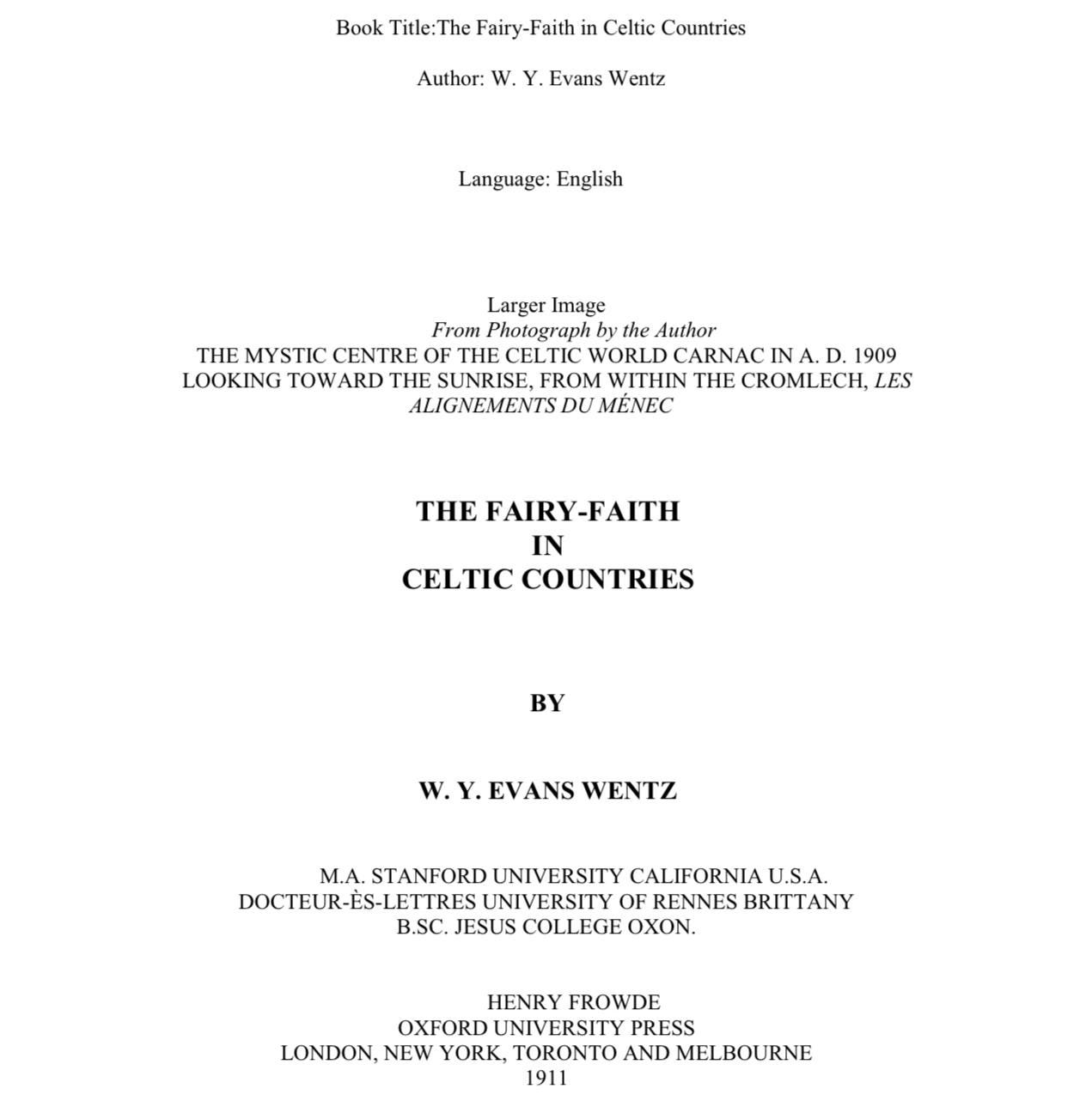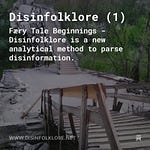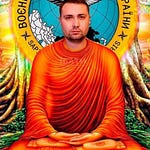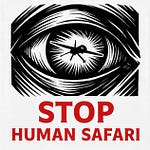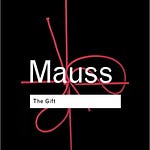So I took the idea of archetypes from Tibetan Buddhism where the entire practice is about embedding archetypes in our minds and very scary images of the Lord of Death, Yama.
And what I noticed in Jung's work, which he takes it, he says he took the idea of archetypes from St. Augustine.
So again, it's the similar idea of trying to embed these tropes.
I use the term, so for me, the fundamental metaphor is “Trolls”, fundamental “unit of information.” That's another term I use, units of information or “meme.”
So those three for me are synonymous and I use them interchangeably. So I'm very happy to use the word meme, visual, audible.
It's an informational unit of any size. It could be a whole book or it could be just a flash of a color in my conception. And archetypal identities can be attached in my, I suppose, philosophical anthropology for want of a grand term. But we're among anthropologists here!
In my philosophical anthropology, the archetypes can be identified with these means.
And so for Jung, he didn't have access to the same, for instance, archaeology or linguistics and ancient DNA that we had.
So when Jung was writing about Tibetan Buddhism, he wrote the introduction to the second edition of the Tibetan Book of the Dead. which was found by Evans-Wentz, who wrote on færy tales in WB Yeat's work,
and who was a follower of Madame Blavatsky, who's from Dnipro in eastern Ukraine.
And Madame Blavatsky created the religion of theosophy, which fused ancient Egypt and ancient Tibetan and made up a lot of stuff. But she would have picked up a lot of the stuff there from Ukraine…











